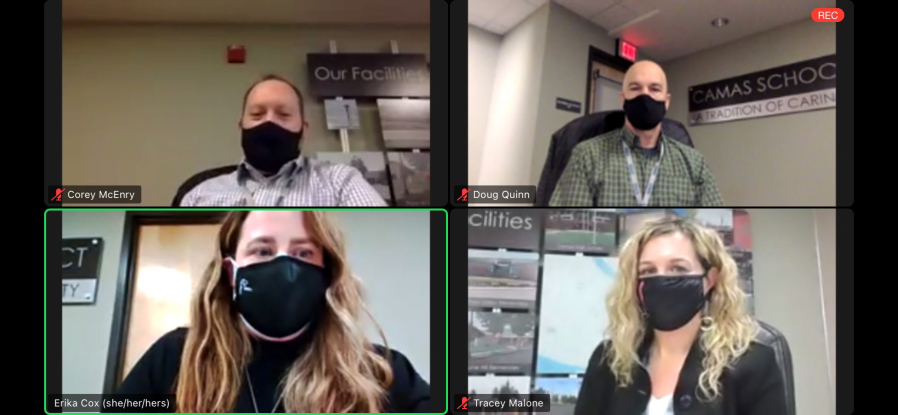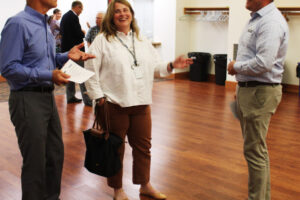On Monday, Feb. 22, just one week before Camas elementary students were scheduled to return to full classrooms, four days a week, and high-schoolers would have entered a hybrid schedule with twice-weekly in-person classes, the Camas School Board agreed to pause the district’s school reopening rollout to give teachers, staff and families more time to adjust to the swift transitions.
Elementary students will now transition from hybrid to four full days of in-person learning on March 22 instead of March 1. High school students will begin a hybrid model, with two days of in-person learning each week, on March 8 instead of March 1.
“I know a lot of parents have been looking at (March 1), and I’m sensitive to the implications of the delay,” Camas School Board member Doug Quinn said during the Board’s Feb. 22 meeting.
Quinn and other school board members said they wanted to give elementary school staff more time to ensure classrooms can safely accommodate full class sizes with students spaced at least 6 feet apart.
“The challenge is to create a cohort of students that remain together, but maintain our spacing,” Quinn said. “You can’t just fake it and make it work.”




